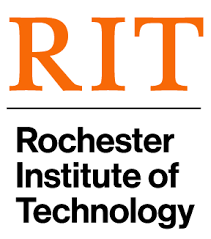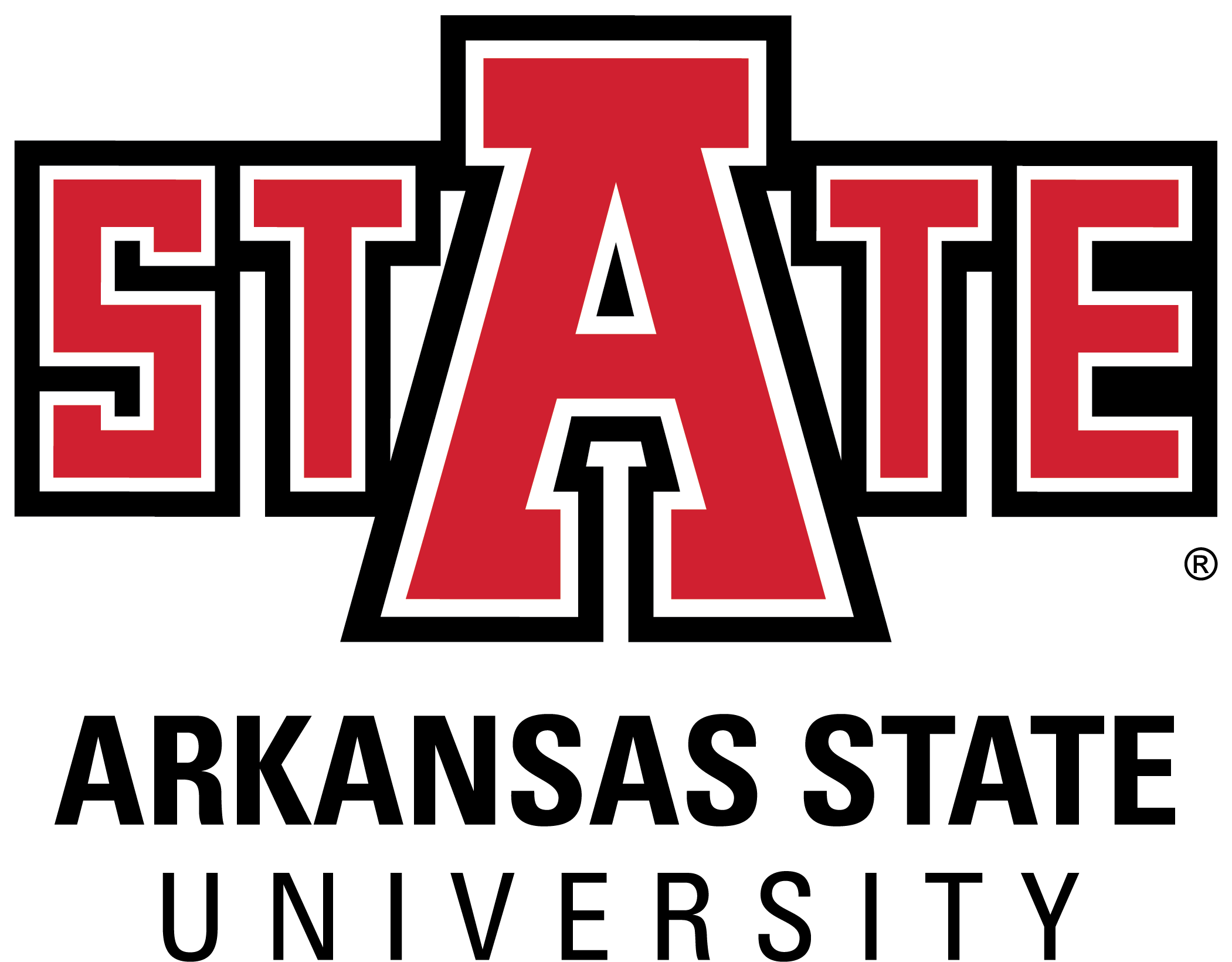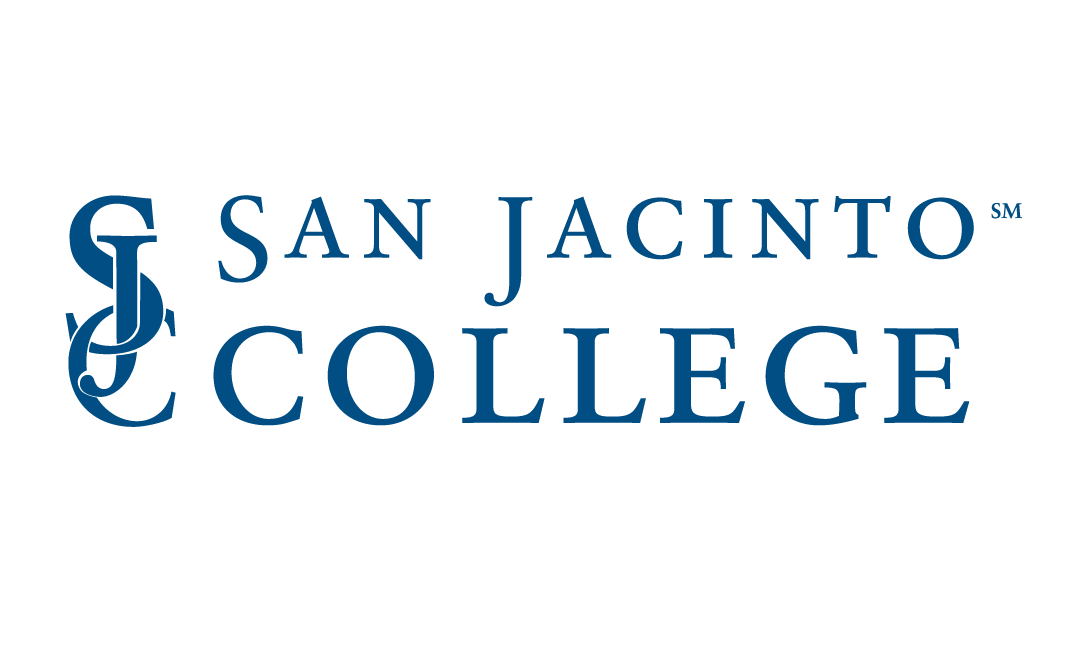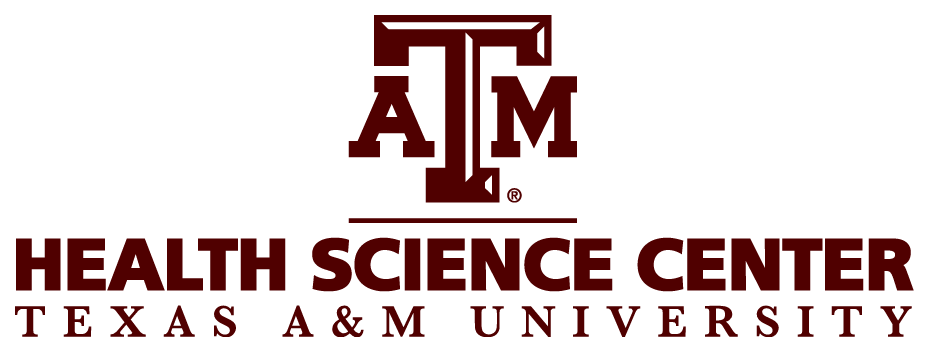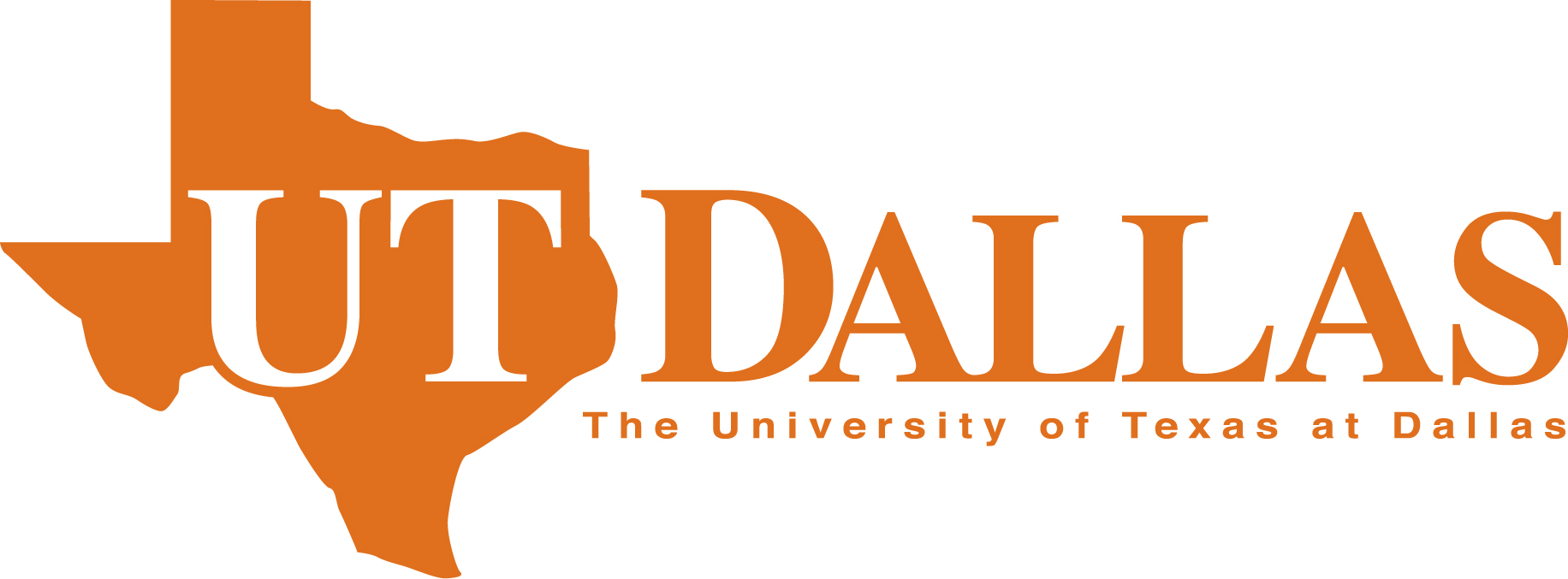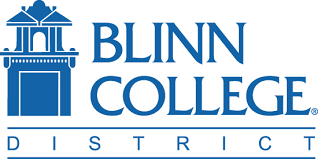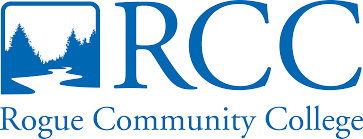EH&S professionals are responsible for overseeing a wide array of different campus safety and compliance functions, often with a small number of staff and limited resources.
In this article, we will explore some of the major challenges EH&S professionals face and how the implementation of a comprehensive EH&S platform like CampusOptics can help improve EH&S efficiency, and reduce institutional risks while enhancing safety and compliance outcomes.
1) Chemical Inventory Management
Maintaining an accurate chemical inventory is a huge challenge for most institutions. A typical college or university maintains an inventory of thousands of hazardous substances, in support of their labs, trade programs, and facilities. Individual departments are often responsible for maintaining their own chemical inventory and safety data sheets via spreadsheets, share drives, and binders, with oversight from EH&S. The result is a disjointed and inaccurate process that increases cost and institutional risk while complicating compliance reporting.
CampusOptics allows permissioned users to quickly add or remove chemical containers from inventory, access safety data sheets and request chemical transfers via the web or mobile device. When new chemicals are added to the system, CampusOptics automatically applies relevant GHS hazard data and key chemical classifications. The system also provides a quick lookup tool for identifying and associating relevant safety data sheets. This big-picture view of chemical inventory helps institutions simplify compliance, enhance safety and reduce chemical acquisition and disposal costs.
2) Hazardous Waste Management
Documenting the disposal of various types of hazardous waste is a critical compliance function for virtually every institution. Unplanned disposals, especially of extremely hazardous substances like peroxide formers, can be a budget shock while representing a huge safety risk to the campus community. The lack of a comprehensive reporting system also makes it difficult to understand and reduce hazardous waste at its source, which is an important component of most campuses’ sustainability initiatives.
CampusOptics allows institutions to create online pick-up request forms for virtually any type of waste stream, manage waste pick-up requests using a dedicated mobile app, track bulking activities and even associate initial and final waste manifests with disposal records. Institutions can leverage CampusOptics’ comprehensive reporting to better understand and reduce waste generation and proactively track expiring chemicals like peroxide formers before they become much more hazardous and expensive to dispose of properly.
3) Safety Inspections
Campuses conduct thousands, or even tens of thousands, of safety inspections each year in an effort to mitigate the risks associated with their buildings, labs, and learning spaces, ensure the availability of critical safety equipment, and monitor compliance with regulatory requirements. These inspections are completed on varying schedules by different members of the campus community or third-party contractors. Institutions often lack the audit capability to demonstrate to regulatory authorities and insurers that these inspections are being completed, which can increase cost and institutional risk.
CampusOptics allows institutions to establish inspection policies for virtually any type of building, space, or asset on campus. These policies can include inspection frequency, the individual (or group) responsible, and the associated inspection checklist form. All assigned inspections can be completed using the CampusOptics Mobile App, which includes the flexibility of “off-line” mode, for use in areas with limited internet connectivity or cell phone service, and pre-populated default answers for efficient form completion. Inspections are automatically scheduled and assigned to responsible parties and administrators can monitor completion via a convenient dashboard. CampusOptics also auto-generates and logs inspection reports that can easily be shared with insurers or regulatory entities.
4) Issue Logging and Remediation
Inspections are only effective in reducing risk and improving compliance if identified issues are communicated and resolved. Accountability for remediation of safety issues can easily get lost in lengthy inspection reports and email threads, especially when some of the issues are occupant related, while others might require the generation of a work order.
The CampusOptics Mobile App simplifies the logging of issues by offering the convenience of in-app photos/video, talk-to-text entry, a code reference library, and even templates for commonly cited issues. Individuals responsible for remediating an issue or issues receive an email, prompting them to review all assigned issues via a portal and update issues as they are addressed. EH&S can monitor all issues by building, department, due date, or level of severity via intuitive reporting and a convenient dashboard.
For issues that require facilities intervention, CampusOptics offers an API integration, allowing issues to be immediately logged in the campus work order system. The corresponding work order number and status are updated in both CampusOptics and the work order system automatically.
5) Asset Management
Campuses often have dozens of different types of safety assets, including extinguishers, AEDs, alarm systems, suppression systems, safety kits, blue phones, eye-wash stations, emergency showers, fume hoods, emergency generators, etc. Asset locations, inspection dates, permitting, and maintenance requirements are typically managed via a combination of spreadsheets and tribal knowledge, making it difficult for EH&S, third-party contractors, regulatory inspectors, and members of the campus community to locate these critical assets when needed.
CampusOptics allows institutions to track virtually any asset including key details, such as make, model, manufacturer, permit expiration, and warranty date. Permissioned users can easily identify an asset with the CampusOptics Mobile App by scanning a bar/QR code, filtering assets by building floor or area, and even viewing asset locations using a fully integrated mapping capability. Integrated activity management ensures that all safety assets are inspected, maintained, and permitted on their designated schedule. Administrators can even allow third parties, first responders, and members of the campus community to access select assets via public asset maps, pre-plan documentation or permissioned user accounts.
6) Permit Management
Ensuring that high-risk activities are properly planned and managed is key to enhancing the safety profile of college campuses. These activities can include hot work, confined space entry, drone flights, temporary food permits, pyrotechnics, temporary structures, etc. However, many institutions lack a formalized process for documenting, planning, and managing these activities, increasing risk and potential liability.
CampusOptics allows users to create online permit application forms in a matter of minutes. Simply design your collection form, assign a reviewer(s), and post the system-generated URL online to begin collecting permit requests. You can even schedule associated inspections with certain types of permit actions (e.g., hot work, temporary food safety) and identify if specific actions will require a fire watch due to asset impairment. Once approved, you can easily send a system-generated permit to the requestor, which can be posted at the work or event site.
7) Incident Management
The accurate reporting and management of incidents, safety concerns and near misses can help institutions understand key areas of risk and prioritize safety initiatives. However, most campuses lack a convenient way for members of the campus community to report incidents so that they can be reviewed and analyzed by key stakeholders.
CampusOptics allows users to easily create online collection forms to simplify the reporting of incident details. Administrators can update incident details, including location data, documents, pictures and even videos, and report on trend data to show how changes in safety practices positively impact the institution’s safety profile over time.
8) Enviromental Management
EH&S professionals are responsible for managing a wide array of environmental compliance concerns, including review of construction and renovation projects, monitoring stormwater outfalls (SPCC) and investigating air quality issues. These activities are often managed via a combination of share drives and paper files, which can lead to inefficiencies and added costs for testing and remediation.
CampusOptics allows permissioned users to filter for areas across campus that may contain special environmental hazards such as asbestos, mold or lead paint. Users can even access pictures or documentation showing the impacted areas and prior air quality test results. In addition, users can access all campus environmental features (via list or map view) which may require periodic inspections and conduct inspections directly on their mobile device, with the convenience of “off-line” mode for areas with limited internet connectivity.
9) Pre-Plan Documentation
Campus EH&S and Emergency Management professionals often struggle to provide first responders and members of the campus community with updated and accurate emergency pre-plan documentation. This documentation is critical for helping first responders and occupants to understand the unique building attributes, safety systems and hazards that they may encounter when responding to an emergency. Once created, these emergency pre-plans are often stored in hard copies and share drives that can be difficult to access in the event of an emergency.
CampusOptics dramatically simplifies the creation, updating and availability of all types of emergency pre-plan documentation. Users can quickly create pre-plan templates that can include building details, safety assets and other documents. Templates can be applied to any and all buildings with the click of a button, which generates individual building pre-plans that can be shared via mobile app, PDF, QR code or a convenient web link, ensuring that your emergency pre-plan documentation is always up to date and easily accessible.
Transform Your Campus Safety Management With CampusOptics
By leveraging the power of an EH&S software solution such as CampusOptics, EH&S professionals streamline safety operations, break down silos, and create one single source of truth for all their campus safety data.
Schedule a demo today and see for yourself how CampusOptics can transform your campus safety management.






